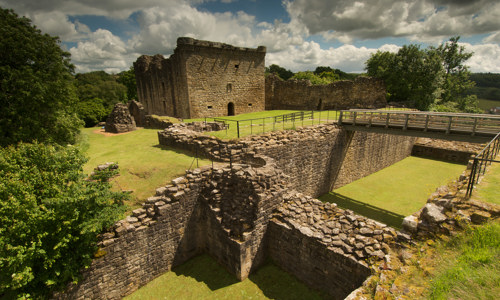History
Wanlockhead Beam Engine is a unique survival. It’s the only reasonably complete water-powered beam pumping engine in Britain.
It was built about 1870 to help pump water from the Straitsteps lead mine deep underneath it. It was a simple but effective machine.
From a hillside water tank, which no longer survives, water was piped into a wooden bucket on the right-hand side of the machine. From there:
- the weight of the full bucket pushed it down, pulling the pump rod up
- as the bucket reached the bottom, it triggered a valve and emptied
- as the bucket rose back up, the pump rod was pushed back down
- at the top, the bucket was filled again, repeating the cycle
When the site was excavated in 1972, foundations of a horse gin were found beside it. Powered by a horse walking around a wooden drum on a vertical shaft, this was used to raise and lower equipment.
God’s treasure house
At 467m above sea level, Wanlockhead is the highest village in Scotland. It was created in the 1680s, and the Straitsteps mine opened in 1710. It was in commercial operation from 1793 until around 1850. The village is now home to the Museum of Lead Mining, of which the beam engine is a focal point.
The villages of Leadhills and Wanlockhead are known as ‘God’s Treasure House in Scotland’ because of the extraordinarily rich ore deposits beneath them, mainly gold and lead. The Crown of Scotland, on display in Edinburgh Castle, was fashioned using from Leadhills gold.














